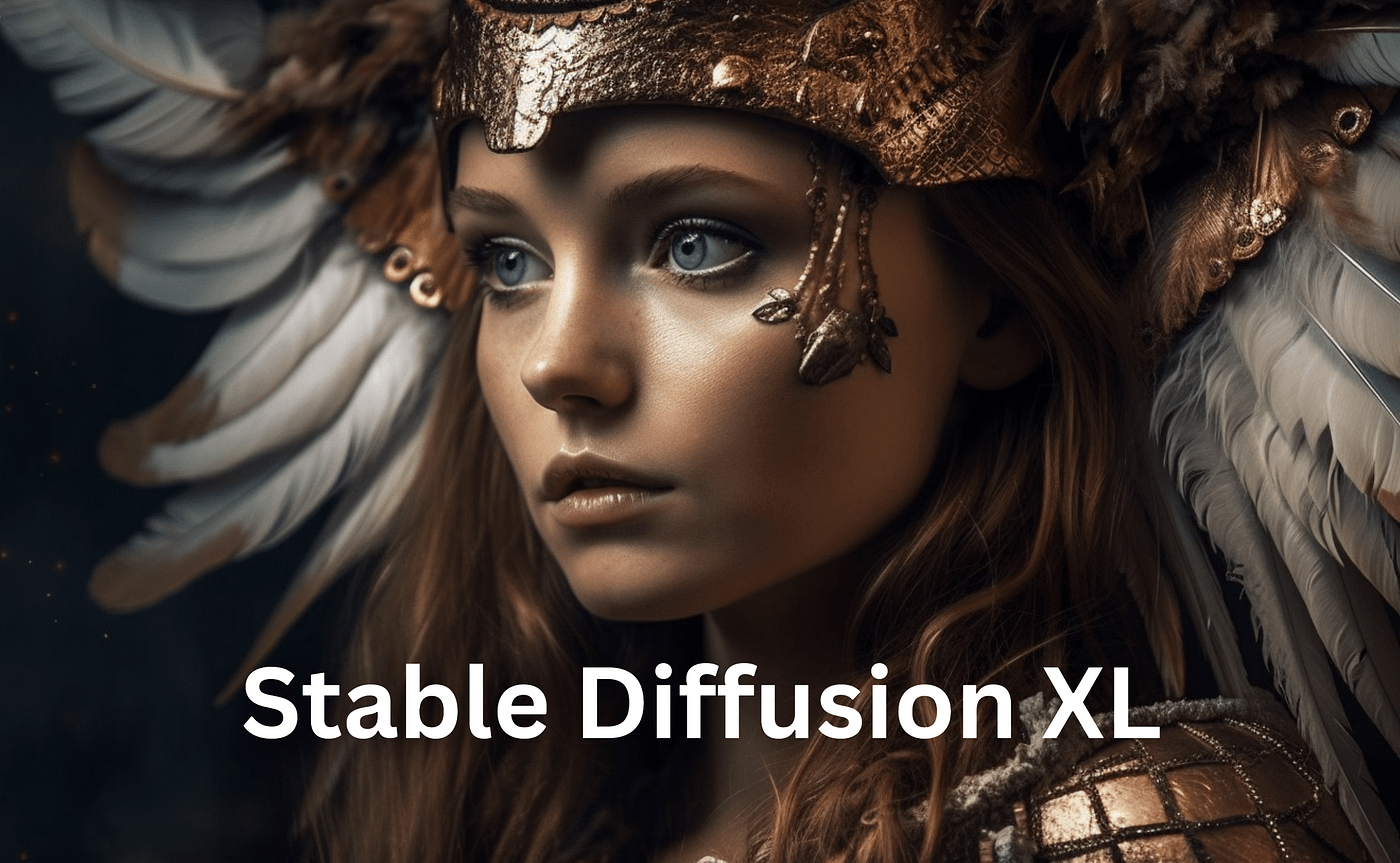Stable diffusion simulations are highly computationally intensive tasks that require significant processing power to run effectively. While CPUs are capable of performing stable diffusion simulations, the process is much slower than using a GPU. Stable diffusion simulations are typically designed to take advantage of the parallel processing capabilities of GPUs to accelerate calculations and improve simulation accuracy.
Running stable diffusion simulations without a GPU can be a slow and inefficient process, as the CPU can only handle a limited number of calculations at a time. This can result in longer simulation times, reduced accuracy, and decreased productivity. Additionally, large datasets required for stable diffusion simulations can quickly exhaust a CPU’s available memory, leading to performance degradation or crashes.
Using a GPU for stable diffusion simulations enables faster and more accurate results, as the GPU can handle a larger number of calculations in parallel, leading to improved simulation accuracy and shorter simulation times. GPUs are also designed to handle large datasets and have high memory bandwidth, making them an ideal choice for stable diffusion simulations.
Overall, while it is possible to run stable diffusion simulations without a GPU, it is not recommended due to the significant performance limitations and reduced accuracy. A GPU is a valuable investment for those who perform stable diffusion simulations regularly and need to ensure the accuracy and efficiency of their simulations.
Stable Diffusion Not Using GPU
Sure, here are some ways to run Stable Diffusion without a GPU:
- Use a cloud computing service. There are a number of cloud computing services that offer GPU instances. You can use one of these services to run Stable Diffusion on a GPU that is hosted in the cloud.
- Use a CPU-only version of Stable Diffusion. There is a CPU-only version of Stable Diffusion that is available. This version is not as fast as the GPU version, but it can be used if you do not have a GPU.
- Use a smaller image size. The smaller the image size, the less computation is required, so you can use a smaller image size if you do not have a GPU.
- Use fewer steps. The more steps you use, the more computation is required, so you can use fewer steps if you do not have a GPU.
- Use a lower quality setting. The higher the quality setting, the more computation is required, so you can use a lower quality setting if you do not have a GPU.
It is important to note that the quality of the images generated by Stable Diffusion will be lower if you do not use a GPU.

